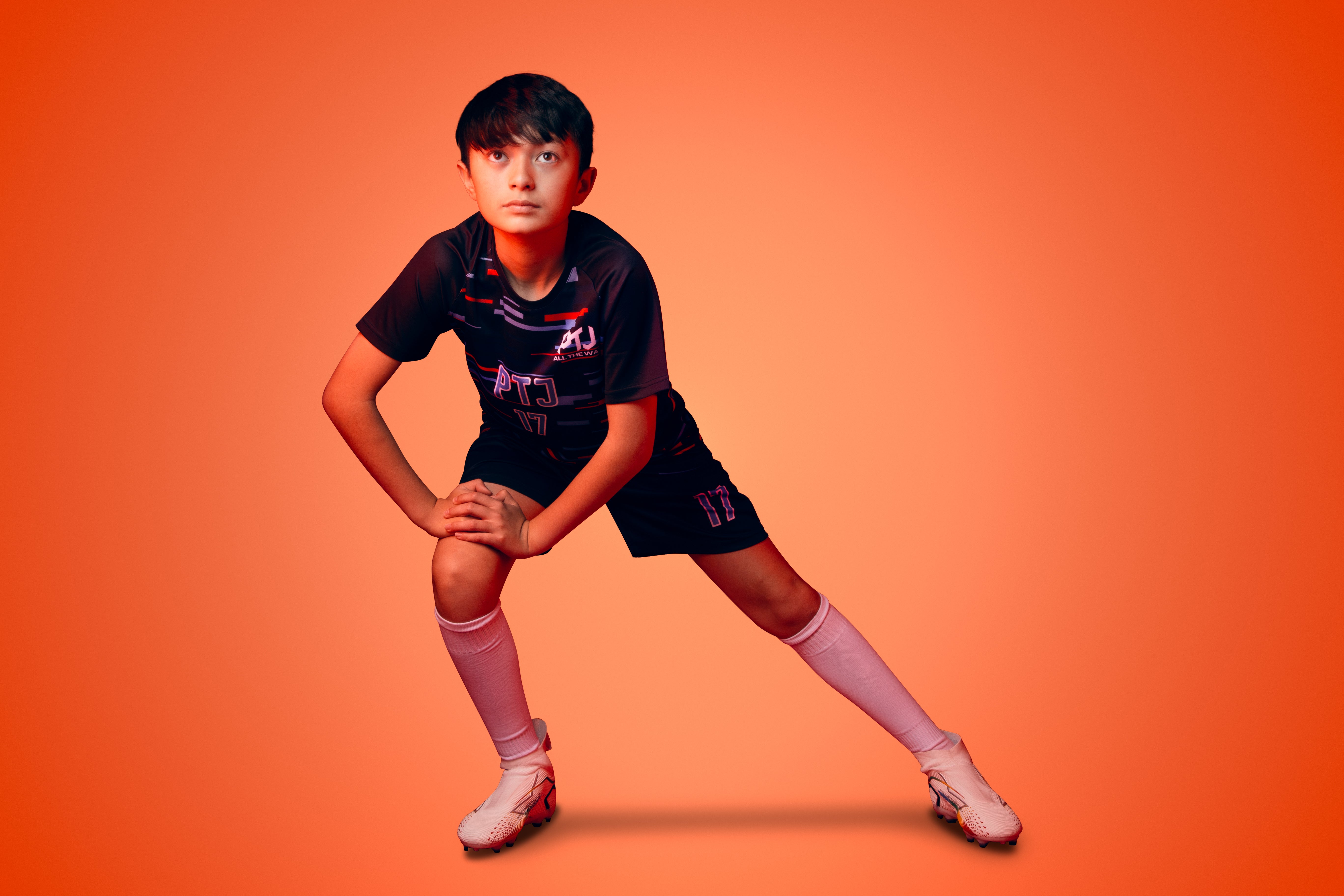Whether you’re sprinting across a soccer field, rounding bases, or making sharp cuts on the turf, your cleats are among your most important tools. However, like all gear, cleats wear out over time, and worn-out cleats can negatively impact your performance and even increase your risk of injury. So, how do you know when it’s time to say goodbye to your trusted pair? Here are the top signs it’s time to replace your cleats.
Worn-Down Studs or Spikes
The cleats (or studs) on the bottom of your shoes are essential for traction. If they become smooth, rounded, or uneven, they can no longer grip the ground well. This is one of the main signs that your cleats need replacing, especially for sports like soccer or lacrosse where traction is crucial.
🛑 Warning Sign: Slipping more frequently or losing footing during quick direction changes.
Loose or Torn Upper Material
The top part of your cleats should feel snug and supportive. If you notice rips, stretched-out laces, or seams coming apart, that support is compromised. This can lead to poor ball control (in soccer), foot discomfort, or even ankle injuries.
👟 Pro Tip: Press on the sides — if they give too easily or feel floppy, it’s time for a new pair.
Loss of Comfort or Cushioning
If your feet are sore after practices or games — more than usual — it might not just be fatigue. Over time, the inner cushioning in cleats wears down and stops absorbing impact. This causes pain in your feet, knees, and even lower back.
😣 Check for: Thin insoles, flattened padding, or new aches after playing.
Changes in Fit
Kids and teens grow quickly, and even adults can notice changes in fit after lots of use. If your cleats feel too tight, too loose, or start to chafe in places they didn’t before, they’re no longer fitting your foot properly shape.
👶 Growing Athletes: Be sure to check cleat fit every season, especially during growth spurts.
Bad Odor or Moldy Smell
Let’s face it — cleats get sweaty and dirty. However, if the smell remains after airing them out or cleaning, it might indicate mold or bacterial buildup inside. That’s not just gross — it’s also harmful to foot health.
👃 Rule of Thumb: If they smell like they’re growing something, it’s time to toss them.
They’ve Been Through a Lot
Even if your cleats still look decent, they might be past their prime. As a general rule:
-
For regular players: Replace cleats every season.
-
For high-frequency players: Consider a new pair every 4–6 months.
-
For casual use: They might last longer, but always monitor signs of wear.
🕒 Think about: Practices, games, weather, and field type — all influence cleat lifespan.
Wearing cleats that are past their expiration date can impact your game — and your health. Keep an eye on their condition, listen to your body, and don’t wait until they fall apart mid-game to replace them. A new pair provides better traction, more comfort, and greater confidence on the field.
At PTJ Shoes, we take pride in being a brand built on passion, guided by family values, and created for the next generation of game-changers. Explore our elite collection of cleats here.


Share:
Position 101: What Role Best Fits Your Player’s Strengths?
Choosing the Best Soccer Cleats: Taking the First Steps to Success